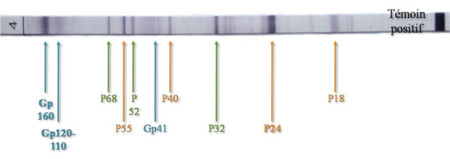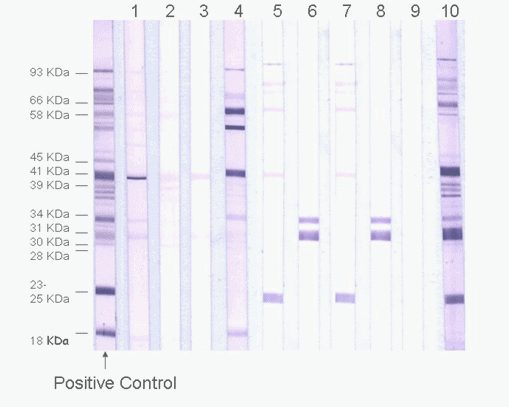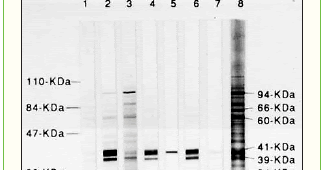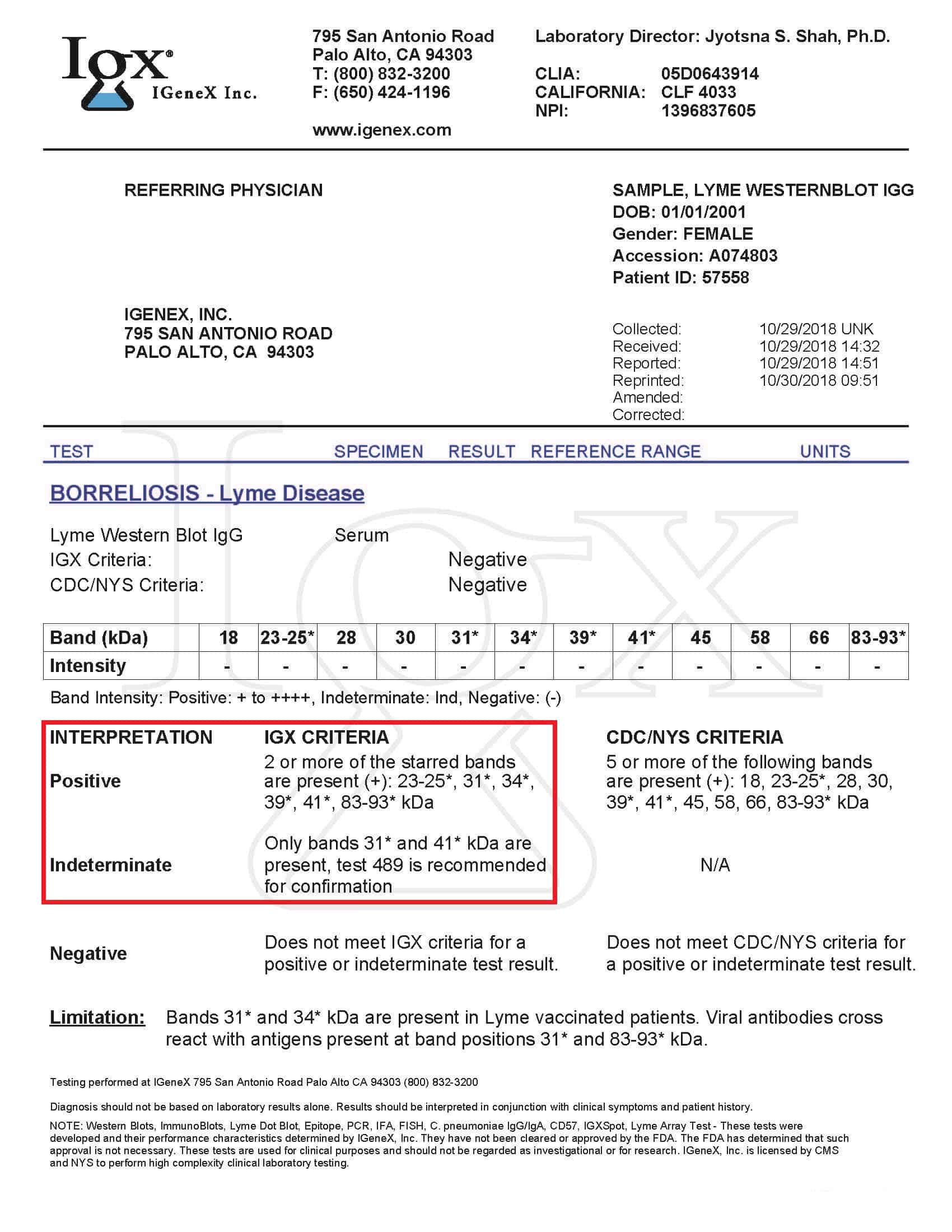
Your doctor may also do tests to see if other conditions with similar or overlapping symptoms - for example, thyroid disease, autoimmune disease, or other tick-borne diseases - could be causing your symptoms. Laboratory tests can support a clinical diagnosis, but should not be used on their own to confirm or rule out a current Lyme disease diagnosis. Your doctor will consider whether your symptoms and risk factors suggest Lyme disease when deciding whether you need a Lyme test.

By that time, Lyme disease is harder to treat, and long-term complications are more likely, so an early, accurate diagnosis is very important. That’s why Lyme disease cases may be missed, and as many as 40% of Lyme disease cases are not diagnosed until a later stage of the disease. Using today’s tests, it is difficult to distinguish between an old Lyme disease infection and a new one. This may result in Lyme diagnoses being missed because symptoms are attributed to another illness. Symptoms of Lyme disease like fever and body aches can also be caused by other illnesses. It is also possible that a person may not notice a rash before it goes away. But up to 30% of people who get Lyme disease never get a rash. The only sure sign of Lyme disease is an erythema migrans (EM) rash, which often has a bullseye shape. That’s because Lyme tests look for proteins created by your immune system to help you fight off infection (antibodies), rather than for the infection itself, and it can take a few weeks for your body to make enough antibodies to cause a positive test. Tests are less accurate for a short period of time after you first become infected. Sometimes called a protein immunoblot, the western blot is useful as a confirmatory blood test when Lyme screening tests are positive.There are several reasons it can be hard to diagnose Lyme disease. This Lyme western blot blood test uses a lab process called gel electrophoresis to identify Lyme proteins using characteristics such as their length. This Lyme disease blot test is a useful confirmatory test after initial screening. As can be seen on the sample Lyme disease western blot lab results provided above, the different IgG bands tested in the western blot will report as reactive or non-reactive. Once the Lyme western blot lab report is ready, it can be downloaded for further review. To get the Lyme western blot test near you, order online and get your blood drawn at Quest Diagnostics. Regardless, anything positive should be considered in the context of clinical symptoms with the advice of your licensed medical provider. The IgM immunoblot result should show reactivity to at least two IgM proteins. Per CDC criteria, the Lyme disease IgG immunoblot result should show reactivity to at least five IgG proteins. A reactive result is considered a positive.


On a Lyme western blot lab report, the IgG and IgM antibody results will be split into different KD bands with a report of reactive or non-reactive in the results column.

Using an immunoblot methodology, the Lyme western blot test is traditionally used to confirm the results when the Lyme disease screening test is positive although some people get both Lyme tests for added screening. The Lyme western blot test, also known as a Lyme disease western blot lab test, measures Lymy IgG and IgM blood antibody levels to Borrelia burgdorferi. Lyme Western Blot Test - More Information


 0 kommentar(er)
0 kommentar(er)
